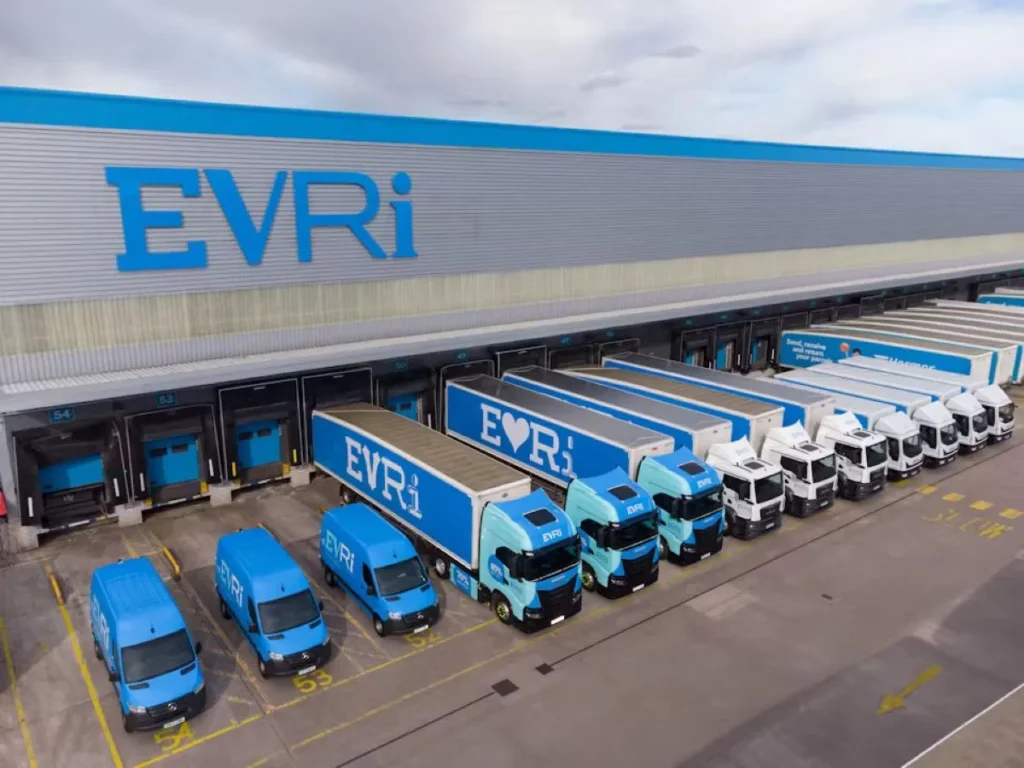Recently, DHL announced that they will be retracting their 2020 rate increase imposed on postal parcels to the consumer. In an era where parcel service providers across the globe, both private and postal authority-based, are taking annual rate increases of up to 5%, it’s quite amazing to see a carrier retract a rate increase, so what’s going on?
US-based Dean Maciuba from Logistics Trends & Insights and EU based Marek Rozycki from Last Mile Experts, shed some light on parcel rate increases from both sides of the ocean.
Dean: Marek, I stumbled upon this article that explains the German domestic parcel division of DHL, will be retracting their 2020 parcel rate increase.
‘Dhl makes a u-turn on parcel price increase’ by Post and Parcel
This division is part of Deutsche Post, the successor to German mail authority Deutsche Bundespost, which was privatized in 1995 and became a fully independent company in 2000. DHL Express is a wholly-owned subsidiary. Since its privatization, Deutsche Post has significantly expanded its business area through acquisitions. Have I got this right Marek?
Marek: Yes, if you include DHL, Danzas and Excel. It isn’t clear that all of these acquisitions have been used to best effect and the plan to be “everything to everyone” in logistics seems not to have succeeded…with the failed assault on the US market arguably being the first major sign of this.
Dean: Here in the US, FedEx and UPS regularly take annual rate increases in the 5% range and the USPS recently took a 2.8% increase on their Priority Mail parcel service, for 2020. More importantly, the article goes on to state that the DHL rate increase took place after three years of price stability, so the question begs, why can DHL control domestic parcel rate increases, better than the US carriers?
Marek: Please remember that this relates to the postal parcels to the consumer (ie c to x) which is less relevant to FedEx or UPS. What is clear is that increases which are not warranted by concrete customer-centric improvements are a “highway to hell” in the face of Amazon, which takes a much longer-term view and one based upon much wider considerations than just the last mile.
Dean: Here in the US, UPS and FedEx are not regulated, so they charge whatever the market will bear and have practically no competition. Maybe that means they don’t have to try and be as efficient as DHL, who must answer to a regulator. However, the USPS must request rate increases from the regulator which might explain why the USPS tends to take lower rates increases than the private carriers. Is this more about a stronger regulatory presence in the EU versus the US, or does DHL control costs better than their US counterparts? You are the parcel expert in Europe, so what do you say, Marek?
Marek: Clearly, costs in the last mile are growing here in Europe, especially those related to labour. But our carriers are mitigating some of this increased cost via improved customer communications (IDM) or better out of home delivery options like lockers and access points. In this particular case, it seems that the German regulator, the Bundesnetzagentur, has decided that the original increase was unwarranted and would lead to unwarranted increased revenues which are higher than estimated by DP/DHL. We can’t be sure that they are right, but there is always sensitivity as to how rate increases will impact the consumer here in Europe.
Dean Maciuba is the Director of Consulting Services at Logistics Trends & Insights LLC and he is an expert on last-mile delivery, Amazon, e-commerce, and the design/implementation of speciality distribution solutions.
Photo: My Parcel Delivery/ Flickr









